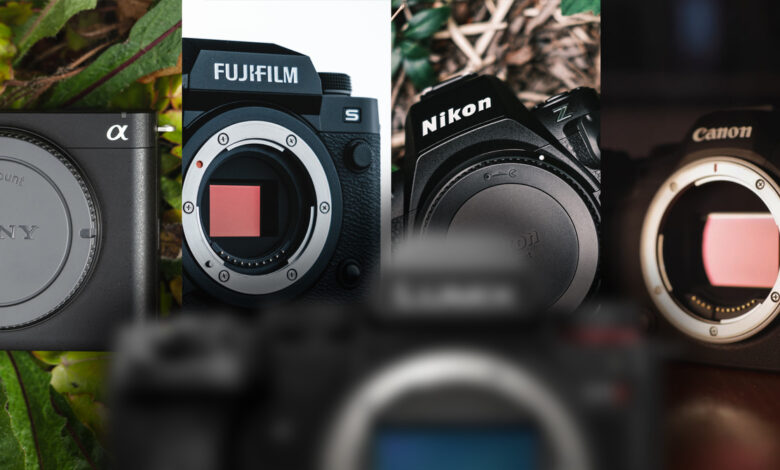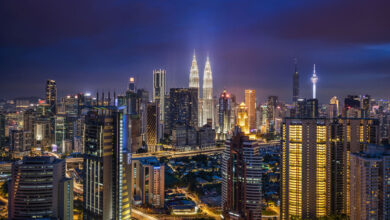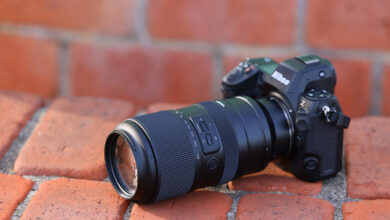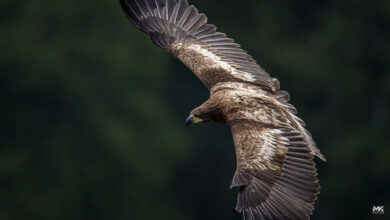Five great cameras for both stills and video

To be fair, it’s hard not to find a camera that’s great for both stills and video these days. But there are some cameras that excel in just one area. Let’s look at five different cameras, each from a different brand, to keep things balanced.
Sony
When it comes to Sony’s lineup, you can’t go wrong these days. Sony has been known for pushing the boundaries of imaging technology for some time now, and whether you choose the a7S III, a7 IV, or one of the widely loved ZV-E models, you know you’re getting a pretty capable and versatile body. Let’s take a look at an often overlooked camera today. The long-awaited flagship APS-C camera, Sonya6700.
Humble on the outside, mighty on the inside. With a fairly fast 26 megapixel sensor, it can shoot stills at very competitive frame rates and great video with minimal rolling shutter. It’s a much-needed upgrade to the aging a6600, and while it doesn’t offer much in the way of stills, it’s no slouch as a stills camera is already very capable. It just needs a little more work in the video department.
And the a6700 certainly delivers. Capable of shooting 4K 10-bit 4:2:2 out of the box, fast frame rates up to 120fps and 5-axis mechanical stabilization with the option of active stabilization after a slight crop, it makes a very strong contender when you’re looking for an all-in-one camera. Yes, the body is tightly packed and doesn’t leave much room for good thermals, so don’t expect long shooting sessions. But for short-form content, vlogs, home videos, quick intros or quick cuts, it’ll do!
Fujifilm
Back in the early days of Fujifilm’s X-Series mirrorless cameras from 2012 to 2015, it was clear that video was just an afterthought for Fujifilm. But boy, has that changed recently. So much so that I’d argue that they now make one of the best, if not the best, crop sensor stills/video cameras on the market. Some of you already know which one I’m talking about. Of course, it’s the X-H2S.
The first camera in the series’ fifth generation is a banger! Not only does it offer internal 4K 60p video in 10-bit 4:2:2, external raw output via full-size HDMI, image stabilization, excellent AF performance, and a well-designed, ergonomic body with pro-grade weather sealing, but it’s also a Fujifilm, which means all those fancy film simulation modes are available to you in any video mode.
And that’s not even the biggest selling point of the X-H2S. It’s the first and only APS-C camera at the moment to feature a stacked sensor. This means blazing fast readout speeds, minimal rolling shutter, virtually no flicker, 40fps full-resolution raw stills, and the ability to shoot completely silently in any environment.
One of the big benefits for video is the thermal design. I couldn’t get the camera to overheat while shooting 4K 60p at 10-bit 4:2:2 for over an hour. The only time it started to get uncomfortably hot was during a 1-hour 4K 120p session. But let’s be honest, who’s shooting 120p video for that long? And if you do, the X-H2S lets you attach a small but well-made accessory to the back of the camera called the FAN-001, which gives your camera active cooling, at which point it can shoot virtually indefinitely.
The Fujifilm X-H2S remains the flagship camera in Fujifilm’s lineup. While it’s contested by cameras like the X-H2 and X-T5, each has tangible advantages over the other. I’d also be remiss if I didn’t mention the X-S20—it’s small, light, and capable of great image quality and great video. Check out our review.
Nikon Camera
I’m sure many of you know the running joke of comparing Nikon cameras to potatoes. But deep down, we all know Nikon cameras are good. Just look at their incredible lineup: the Z6 III, Z f, and Z9. They’re all great for both stills and video. But the one I’ve picked might be the best bang for your buck out of all of them, and it’s the Z8.
When the Nikon Z8 launched in May 2023, many of us were confused. It was too good. Too good, even. It didn’t make sense to choose the much larger and more expensive Z9 over this one. Aside from the lack of GPS and the ridiculously large battery, it’s almost identical internally, but it’s significantly cheaper. The excellent 47-megapixel stacked sensor offers up to 120fps (in JPEG), the autofocus is very competitive and has been improved since then, and the camera is neither too big nor too small. It’s truly a pro’s workhorse!
And as the title suggests, it’s not just for stills. The video capabilities are still truly unique for a mirrorless camera to this day. The reason is simple: RAW recording. The ability to shoot 12-bit 4K RAW footage has been out of reach for mirrorless cameras due to the patent war with RED, unless you wanted to resort to an external recorder like the Blackmagic Video Assist or Atomos Ninja V. Well, the Nikon Z8, like the Z9, can not only shoot 12-bit 4K RAW video internally, but can also shoot in 8K. We’ve reached a point where most cameras are beyond the needs of most photographers. But a serious professional could really feel the limitlessness of using such a camera. If only both card slots were CFExpress for faster backups.
Great Law
For many people, the very name Canon is synonymous with photography. You don’t even have to be a photographer to know that the brand is a world-class camera manufacturer, so it’s no surprise that they have a number of great cameras that not only shoot stills, but also video. After all, it was Canon with their legendary 5D Mark II that started the whole trend of shooting high-quality video with a still camera. Well, today we’re going to be looking at another Mark II in their catalog—specifically, the R6 mark II.
Canon’s entry into the mirrorless camera market wasn’t exactly exciting with the EOS R and EOS RP. Both lacked some very important features compared to the competition and had some odd design choices that made them a pain to use for some. But Canon took note and followed up with two excellent models, the R6 and R5, perfect for Canon DSLR users to finally try mirrorless. The successors stay true to what made the original R6 great and improve on everything else.
First and foremost, the R6 Mark II offers a blazing fast sensor, especially considering it’s not a stacked sensor. It’s capable of really fast readouts, 40fps in full-quality raw, great autofocus, and improved subject tracking. Many portrait photographers swear by the famous “Canon style” with its warmer skin tones. This is a fully professional body that many working photographers rely on to make a living.
The R6 Mark II makes this list, so of course it’s a capable video camera too. As is the trend these days, it can shoot 4K 60p video without any issues. But combine that with the excellent low-light performance of its 24-megapixel full-frame sensor and the aforementioned subject tracking, and all you need is some decent image stabilization and you’ve got yourself a winner. Luckily, the R6 Mark II has a pretty good IBIS mechanism built in. My only gripe with the camera is the lack of a Micro-HDMI port on a body this size. But that’s only a nuisance for those using an external monitor.
Panasonic
It’s true that Panasonic has unfortunately strayed away from stills and focused heavily on video. But you can’t deny that they know a thing or two about video. After all, their GH5 was the first mirrorless camera to record unlimited 4K 10-bit 4:2:2 video internally, and it took years for the competition to catch up.
That being said S5 II It’s honestly a camera that can do both. Its 24 megapixel full frame sensor delivers plenty of detail while still performing well in low light, its compact body lets you carry it with you at all times, its dual memory card slots let you capture once-in-a-lifetime events without worry, and its ergonomic body is comfortable for multiple people to use.
6K 3:2 10-bit open-port video recording (at 4:2:0, 30p), 4K up to 60p, dual native ISO, improved subject tracking thanks to on-sensor phase-detect points and Panasonic’s V-Log flat profile make it a compelling option. What sets it apart, however, is the implementation of a highly intelligent active cooling system in the viewfinder housing. This ensures you never have to worry about the camera overheating. Unlimited shooting is hugely important to many, and while most cameras can technically do it now thanks to relaxed import laws in some regions, manufacturers still use arbitrary recording limits due to overheating. Well, the Panasonic S5 II doesn’t have to worry about any of that. Hit record and as long as you have enough power and storage, you’re good to go.
To improve all the features of the S5 II, Panasonic continues to launch the all-black S5 IIx version with raw output via HDMI and the most interesting feature: the ability to use an external SSD as storage.
There are no real winners or losers here.
Any of the cameras mentioned above can take great stills or videos. And you don’t even have to spend a lot because they’ve all been around for a while, meaning you can definitely pick up any of them used for a great price. Check out MPB.com for all five of these cameras and many more. Or if you already own one of these cameras, let us know what you think. Are you happy with your decision? Let us know in the comments.




